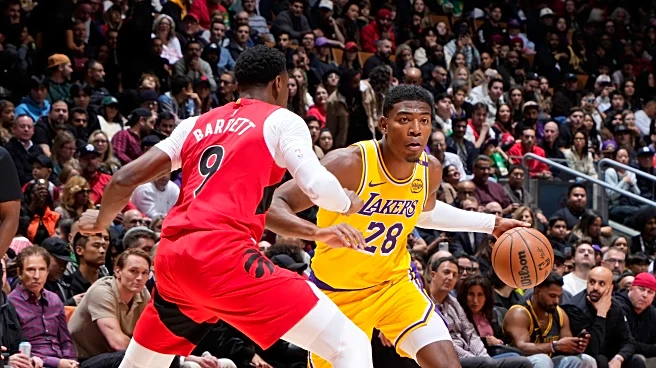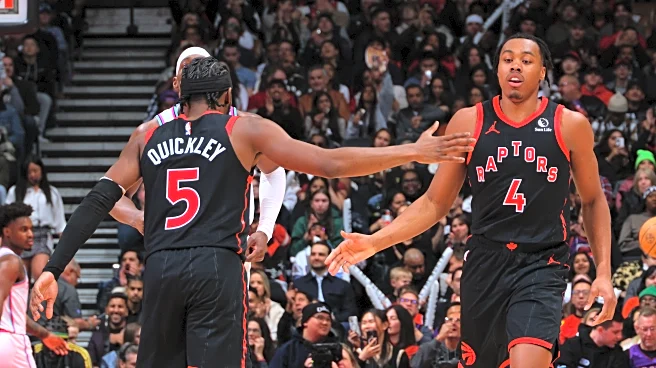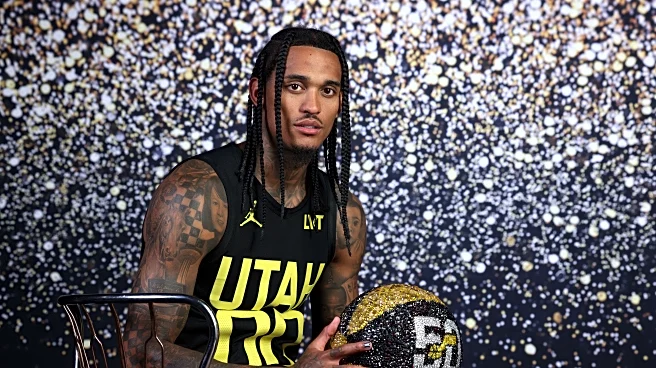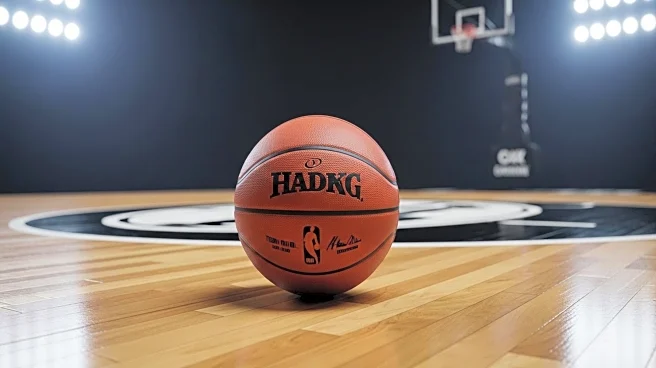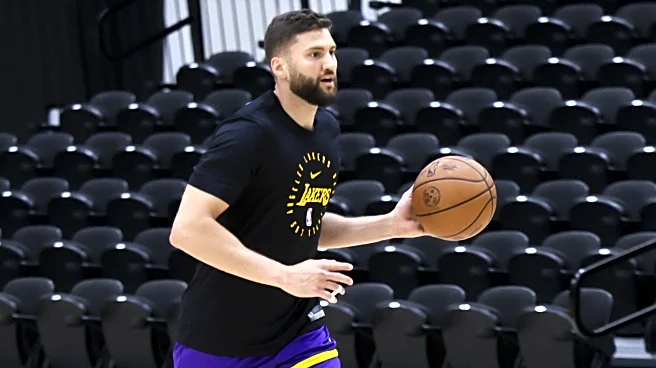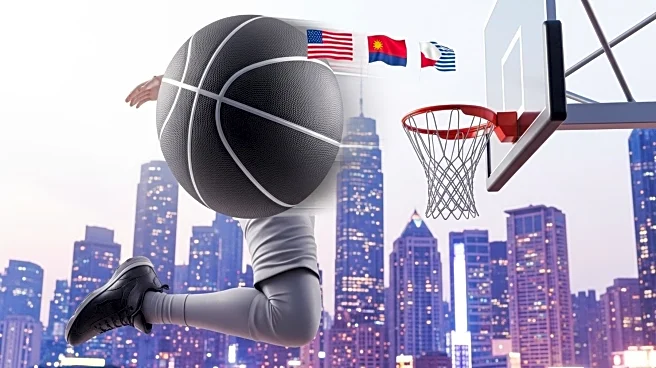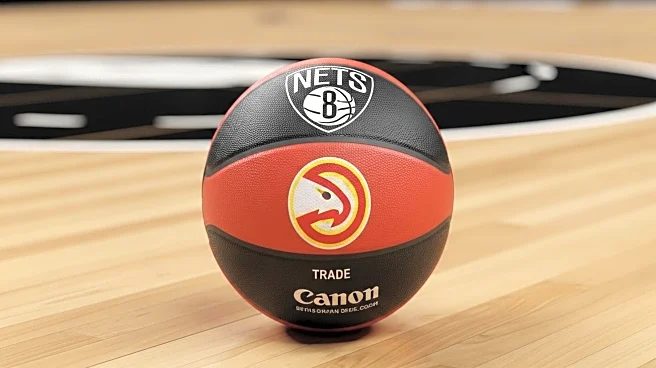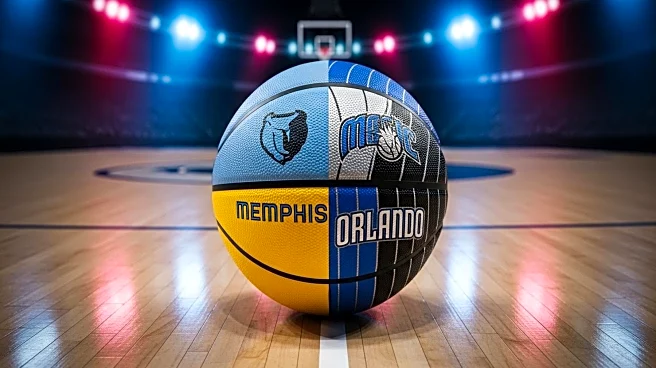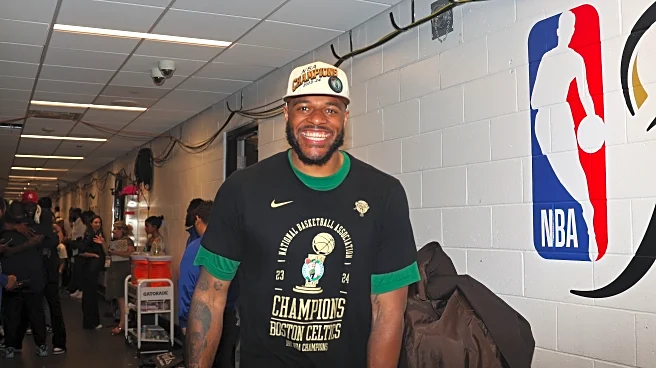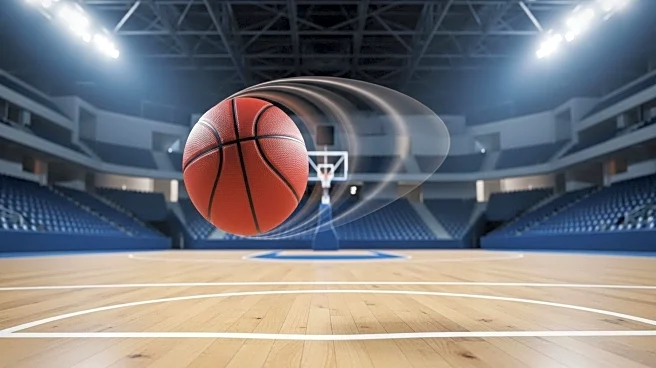There are a few unknowns that will go a long way toward deciding what the 2025-26 Toronto Raptors look like, like whether Scottie Barnes takes another leap, or if Brandon Ingram meshes with the existing core.
But there’s someone else who, despite entering his third season with the team, just might be the Raptors’ biggest wildcard: Immanuel Quickley.
When the Raptors acquired Quickley in the trade that sent OG Anunoby to the Knicks, he instantly became the team’s best shooter and a breath of fresh air
on a team with a heavily polluted offense.
But the buzz around Quickley’s offensive pop — and, in particular, the tantalizing prospect of the IQ and Barnes two-man game — stalled out last year, as injuries limited the six-foot-two guard to just 33 games played. RJ Barrett, who has at times exceeded people’s expectations, has retroactively become the headliner of the Raptors’ return in that deal, in which Quickley was thought to be the real prize.
Here’s the thing: Quickley could very well be that prize. He is still just 26 years old. NBA writer and podcaster Zach Lower called Quickley the “lynchpin” of the Raptors’ next two or three years. If he can grow into the player that Masai Ujiri and Bobby Webster had in mind when signing him to a five-year $162 million deal, the Raptors could unlock a higher ceiling.
Quickley remains the team’s best three-point shooter, having shot 40% on catch-and-shoot threes and 38% on pull-up threes over the last couple seasons. The spacing he provides, and his ability to operate as an off-ball guard, make him an especially nice compliment to Scottie Barnes.
As far as team-building goes, the Raptors’ front office is, and should be looking to assemble a group of players who fit nicely with Barnes, and help maximize the All-Star forward’s potential. The Quickley trade was viewed as the acquisition of a foundational piece whose floor spacing and solid defense would do just that.
But injuries have hampered Barnes and especially Quickley’s availability, meaning the duo hasn’t had a ton of time to gel. They’ve played just 54 games together across two seasons.
Lineups with both Barnes and Quickley put up a net rating of -0.7 per 100 possessions last year — it was not a pretty number, but it was also the team’s second-best net rating of any duo who played more than 600 minutes together. (Barnes and Poeltl were the only such duo with a positive net rating, at +1.1.)
Quickley has a skillset that helps open up space for Barnes, whether it’s setting screens or simply leveraging his gravity as a shooting threat. He also takes some possessions as the lead ball-handler off Barnes’ plate: While not quite a proficient enough passer to be a ball-dominant guard, Quickley has the on-ball chops to lead an offense for stretches. The Raptors scored 0.95 points per possession when Quickley was the ball-handler in a pick-and-roll, good for the top mark on the team.
But will it all come together? Will Quickley and Barnes fulfill their potential as a dynamic duo? At this point, their duo is more a point of curiosity than a polished product. They could flourish together. They could also plateau. Perhaps the lack of spacing around them will harm their effectiveness in the pick-and-roll game, allowing defenders to sag off non-shooters and provide extra help against the two-man game. Or, barring injuries, they might find a groove in their first full season together.
One path to greater success for Quickley will be increased shooting volume — and more Quickley threes may be a necessity for the team’s success. The Raptors finished 29th in made three pointers last year, and are not exactly dealing with an abundance of shooters beyond Quickley. (Gradey Dick and Jamison Battle are legitimately good shooters, but Battle may not even crack the regular rotation.) Head coach Darko Rajakovic said back in January 2024 that he wanted to see Quickley taking “eight, nine, ten [threes] a game.” Quickley hit threes at a nice 38% clip last year, but his 6.8 attempts left some meat on the bone.
“He’s one of the best shooters in the league, above the break,” Rajakovic had said, referring to the part of the court where Quickley is most dangerous. “We need him taking more of them.”
Zach Lowe named Quickley among his annual “most intriguing players” list heading into the season — a list which Quickley already made a couple years ago, and which is usually reserved for young, up-and-coming and often under-the-radar players who’ve shown flashes of real potential to take a leap.
“You should have graduated from this by now,” Lowe remarked on the podcast.
But availability has been an issue, both for Quickley and for a team that’s struggled to keep everyone healthy. Adding Ingram to the fold will add yet another wrinkle of unfamiliarity to an era in which the Raptors’ core players have not played all that much basketball together. Quickley, Barnes and Barrett have only shared the floor in 38 games.
So, despite the year and a half that’s elapsed since the Knicks trade, the Raptors’ core is still finding its footing as a group. But if Quickley takes a step forward this year, one might expect the team to do the same.

